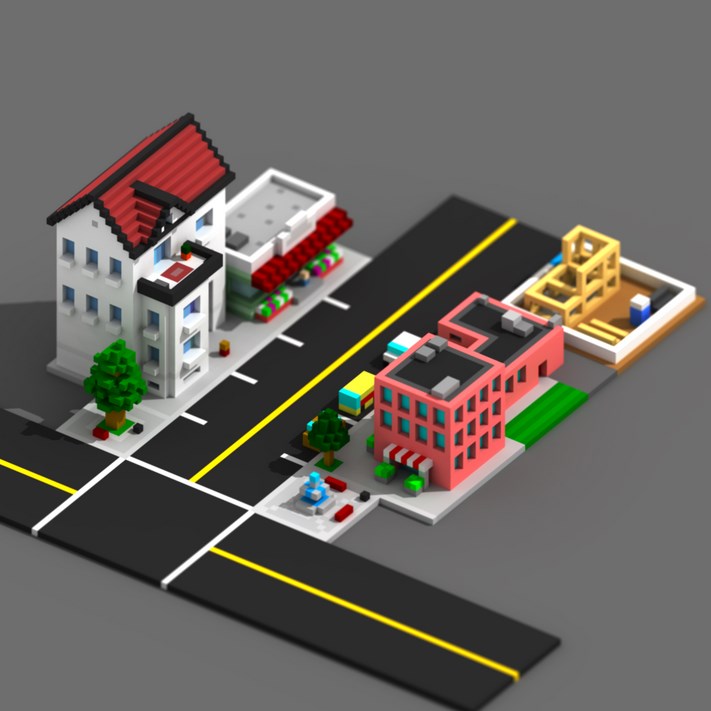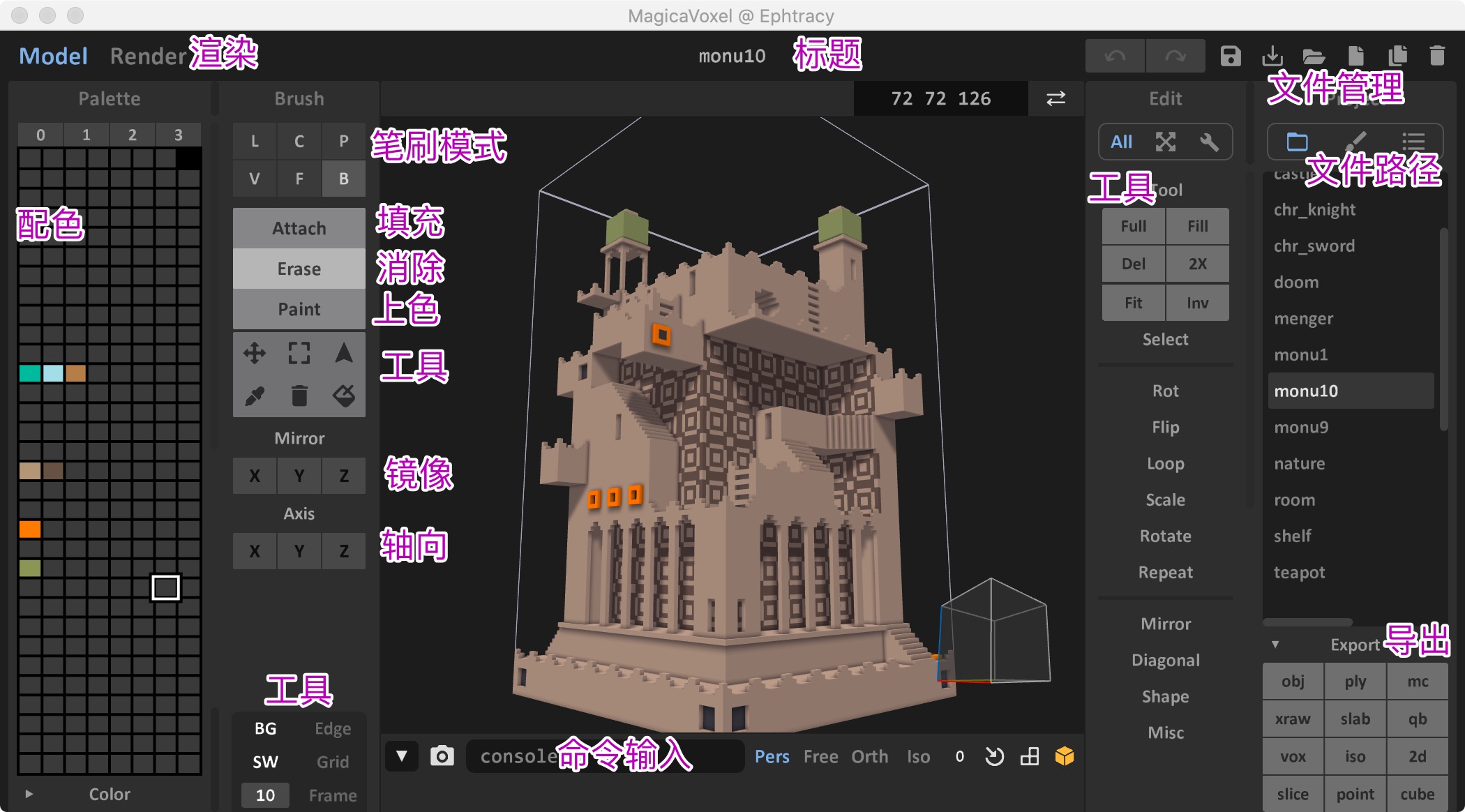

'These aren't the pixels you're looking for'. > people referred to those little atomic picture cells rendered on the display as "_pixels_" OTOH, Seurat was consciously making a point that you can represent a person with nothing but colored dots: The guy who drew Mario probably didn't intend for us to see a blocky representation of an Italian plumber, they just wanted us to see a plumber. You'd have to imagine it's closer to the original artist's end goals though. > I object to this notion that, say, the average 80s CRT pixel representation is somehow the _canonical_ rendering of the ur-pixel The actual argument above was not about personal preference at all, it was about what can rightfully be referred to as a pixel and what can't (and I do maintain that in this context linguistic pedantry does not yield any meaningful benefits). You might counter that blocks don't meet this goal for your tastes, or that we should stop using recognizably blocky pixels altogether, but again that's a personal preference.

I think we should instead do whatever works for the modern context. 7.71K subscribers This is a tutorial on the hotkeys I use in MagicaVoxel. Overall, I object to this notion that, say, the average 80s CRT pixel representation is somehow the canonical rendering of the ur-pixel and that we should strive to somehow emulate that. You might personally object to viewing original games from the 8bit era on modern systems at all on the grounds of authenticity and distortion of artistic intent, but that's not an objection you can raise against modern pixel artists and their working premises. To the degree this is even a realistic expectation, you would have to make the same concession to today's pixel artists who are creating works loosely based on an 8bit heritage, but which are often clearly and intentionally distanced from that heritage. You're talking about how art is designed with an expectation about the manner in which it is later consumed. Of course, opinions differ, but you can totally vote with your wallet on that. The app is saved as an exception to your security settings, and you can. It's also worth mentioning that for most of us today, graphics tastes have changed quite a lot, so emulating the original blur and smear of an NTSC display is perceived as far less of a generally acceptable aesthetic solution than rendering rectangular blocks is. Control-click the app icon, then choose Open from the shortcut menu.

But I would like to point out as someone who grew up in the eighties, people referred to those little atomic picture cells rendered on the display as " pixels", not as " my monitor's representation of a pixel". There is no question about the heritage of 8bit-style art, and whether you find modern renditions ugly or not is not really a concern here. In my opinion, there is nothing to freak out about, and I don't see why this article specifically prompts such a needlessly absolutist response. While the block is not a pixel or voxel in the strictest sense, I do think it's a reasonable linguistic shortcut to use that word in this context, and it's not unprecedented to use the description of an abstract thing interchangeably for its more concrete representation.
#Magicavoxel shortcuts how to#
The issue now becomes how to render that data on the screen, and blocks are still a way to make this data look good. I would say though it's fair game to call the underlying data "pixels" and "voxels" - in most retro-style games these assets are indeed stored internally at that level of abstraction. Yes, so technically we should probably call the modern rendering technique of pixels and voxels block-based rendering.
#Magicavoxel shortcuts free#
It is 100% free to use for any project, and does not require a commercial license.This mantra was also the reason why MagicaVoxel, the "voxel" editor mentioned in the article was received relatively poorly on HN about a year ago: MagicaVoxel is a free voxel artwork application that exports to the. The intuitive interface makes it great for creating unique 3D models with ease.
#Magicavoxel shortcuts for mac#
Overall, MagixaVoxel for Mac is a lightweight 8-bit voxel art editor and interactive path tracing renderer. It also includes camera adjustments for depth of field, exposure, and vignette. Edit shadows, textures, colours, and more using the sliders provided. The built-in renderer includes a great selection of textures and options to customise your 3D model. You can even save time with the ability to mirror your design on whichever side you choose. It includes a great set of brushes of various shapes, and you can easily adjust specific sections of your model using the right tools. MagicaVoxel for Mac includes a comprehensive set of tools to help you easily create impressive designs.


 0 kommentar(er)
0 kommentar(er)
